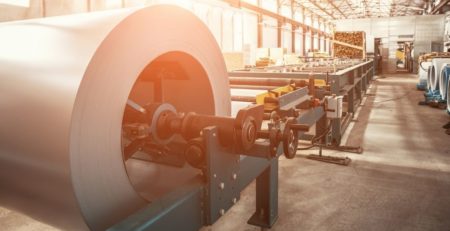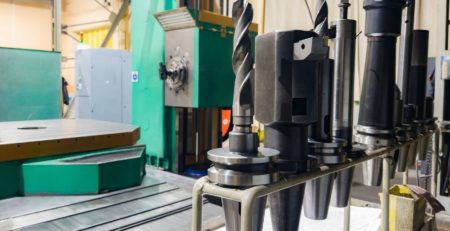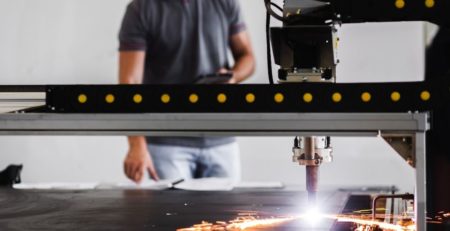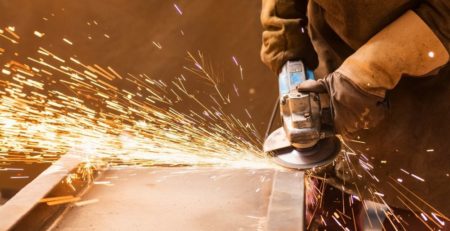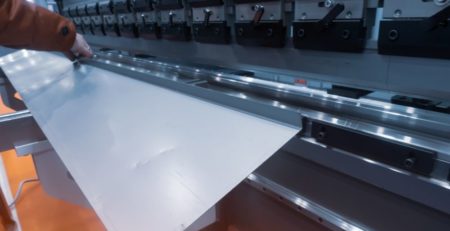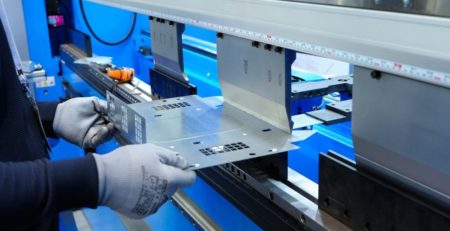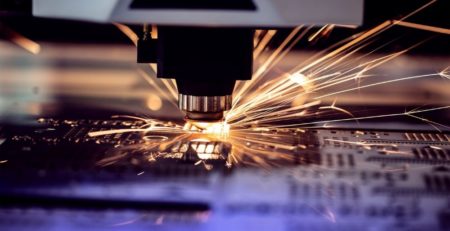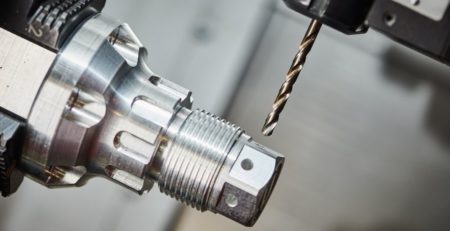Common Mistakes To Avoid When Designing for Manufacturing
Designing products and parts for fabrication can be a challenging process. Designers must balance the intricacies of the manufacturing process with the aesthetic appeal and functionality of the final product. This is where Design for Manufacturing (DFM) comes into play. It’s a critical step in the product development process that can help you avoid costly errors. Here are some of the most common mistakes to avoid when designing for manufacturing.
What Is Design for Manufacturing (DFM?)
Design for Manufacturing (DFM) refers to the practice of designing products and parts in such a way that they are easy and cost-effective to produce. To achieve this, designers must strive for simplicity and manufacturing efficiency, accounting for the capabilities and limitations of various metal fabrication machines.
Mistakes Designers Make With DFM
Failing To Understand Machine Capabilities and Limitations
One of the primary mistakes designers make is not considering the capabilities and limitations of metal fabrication machines. Designers should try to understand the roles of various common metal fabrication machines.
For example, beam coping machines cut precise notches in structural steel beams so that they will fit correctly in the overall structure they’re meant to support. Press brakes, on the other hand, are better suited for bending and forming sheet metal. CNC cutting machines provide precise and versatile cutting options for a range of materials.
By understanding each machine’s capabilities, designers can create designs that are easily manufacturable and avoid potential production issues.
Elevating Aesthetics Above Practical Manufacturing Considerations
While it is necessary to consider the visual appeal of a product, placing too much emphasis on aesthetics at the expense of practical manufacturing considerations is a mistake. Striking the right balance between aesthetic appeal and manufacturability is essential for a successful design.
Unnecessarily Requiring Non-Standard Measurements
Some designers may be tempted to use non-standard measurements to create a unique or custom look. However, this often results in increased production costs and a complex manufacturing process. It is essential to limit the use of non-standard measurements only in situations where custom dimensions are absolutely necessary.
Designing Parts That Are Difficult or Impossible To Make
Designers sometimes design parts with intricate geometries that are challenging or impossible to manufacture. This can result in wasted design efforts and the need for redesigns, driving up costs and delaying production schedules.
Ways To Avoid DFM Mistakes
To avoid these DFM mistakes, practice the following steps:
- Collaborate closely with manufacturers and metal fabrication shops to understand their capabilities and limitations.
- Strike a balance between aesthetics and practical manufacturing considerations.
- Use standard measurements and geometries whenever possible.
- Adopt a “keep it simple” mindset when designing parts, paying particular attention to ease of manufacturability and assembly.
Being aware of the common mistakes when designing for manufacturing and taking proactive steps to avoid them is crucial for successful product and part design. Keep these tips in mind the next time you design a product or part for metal fabrication or manufacturing.



